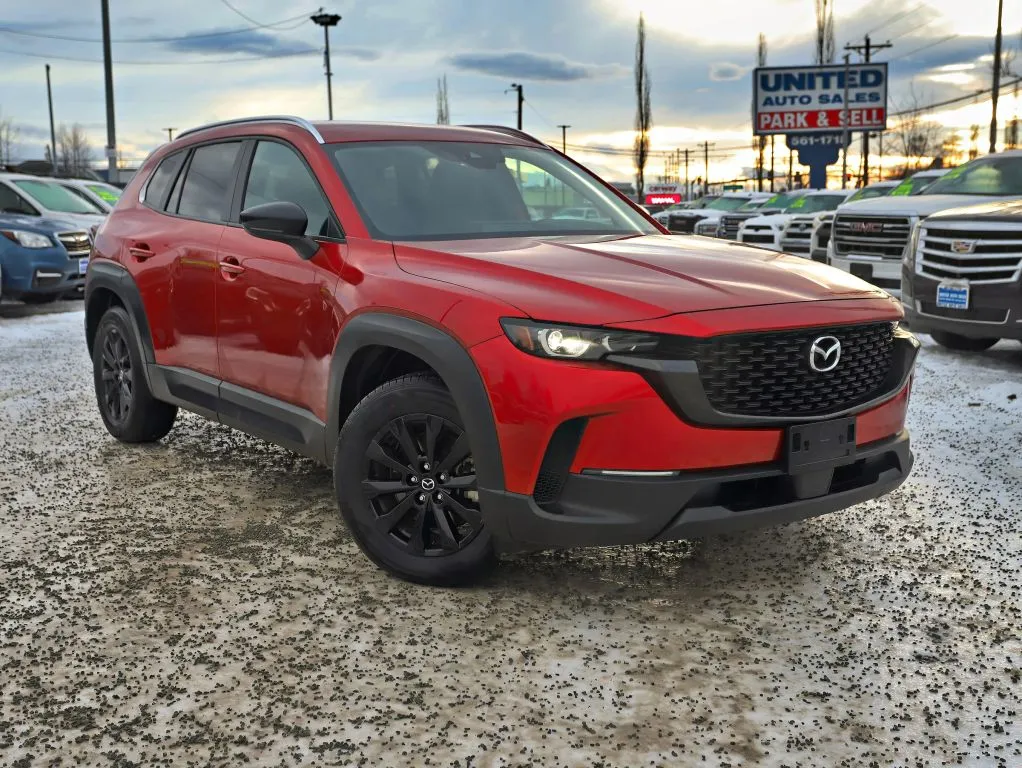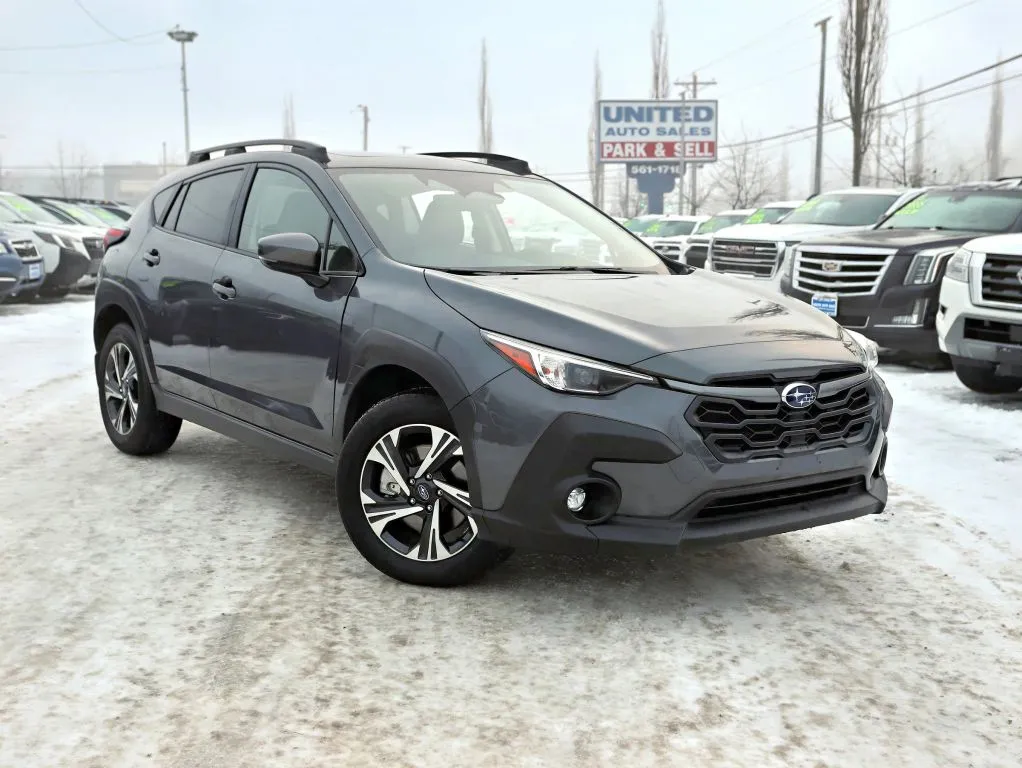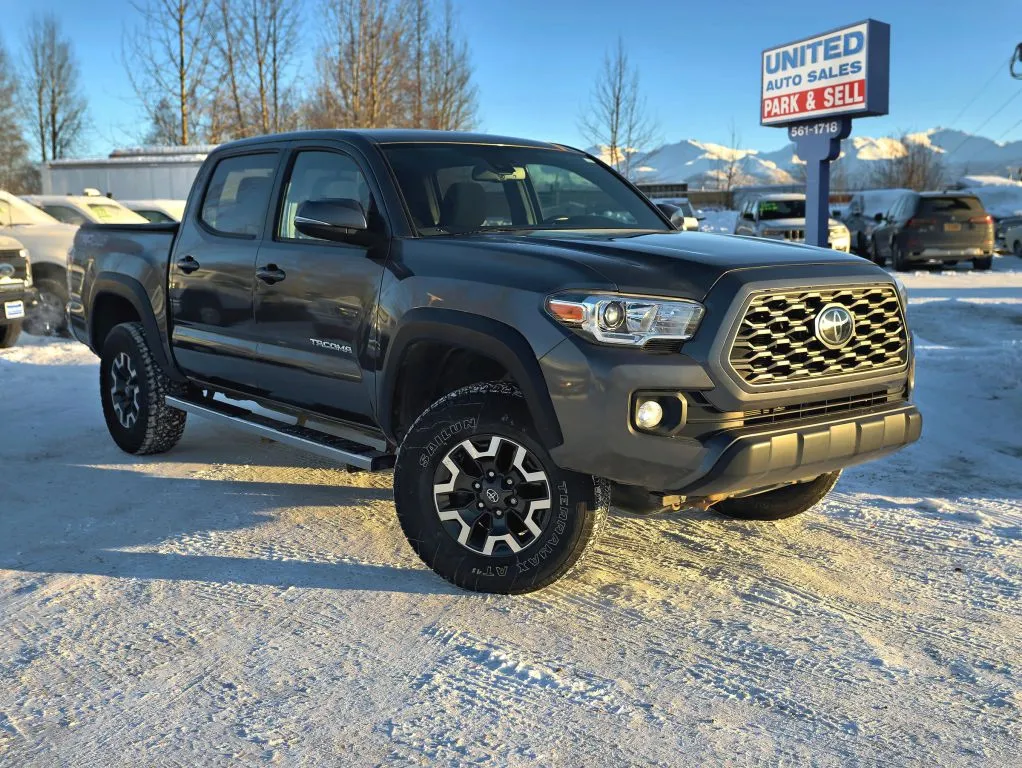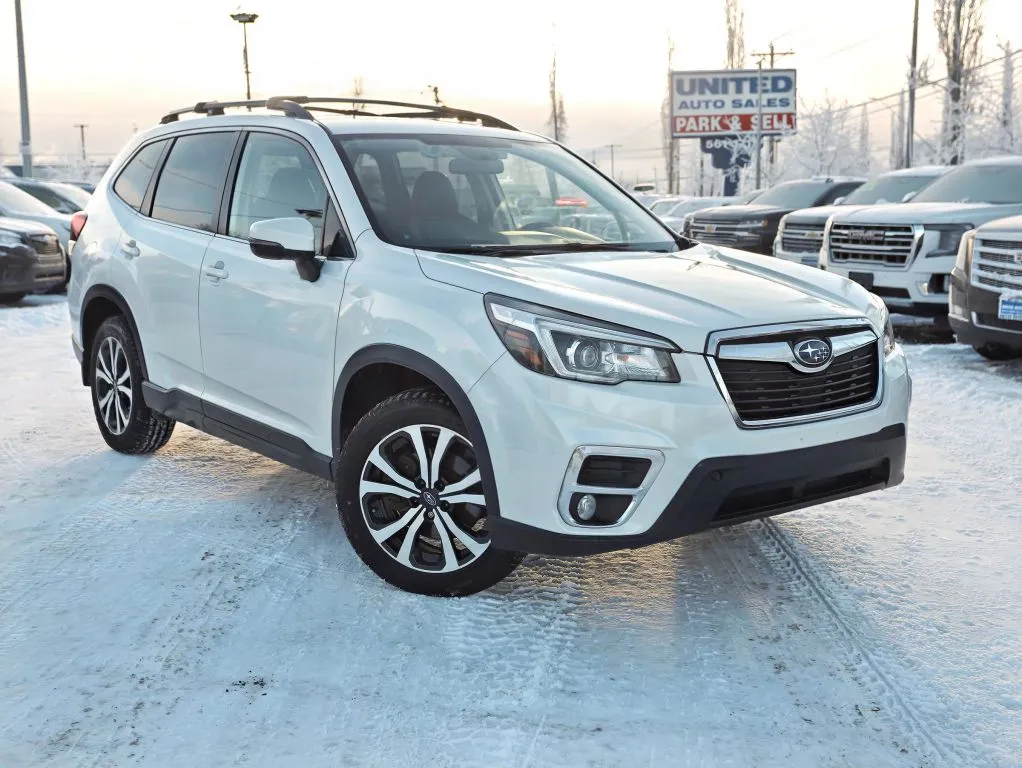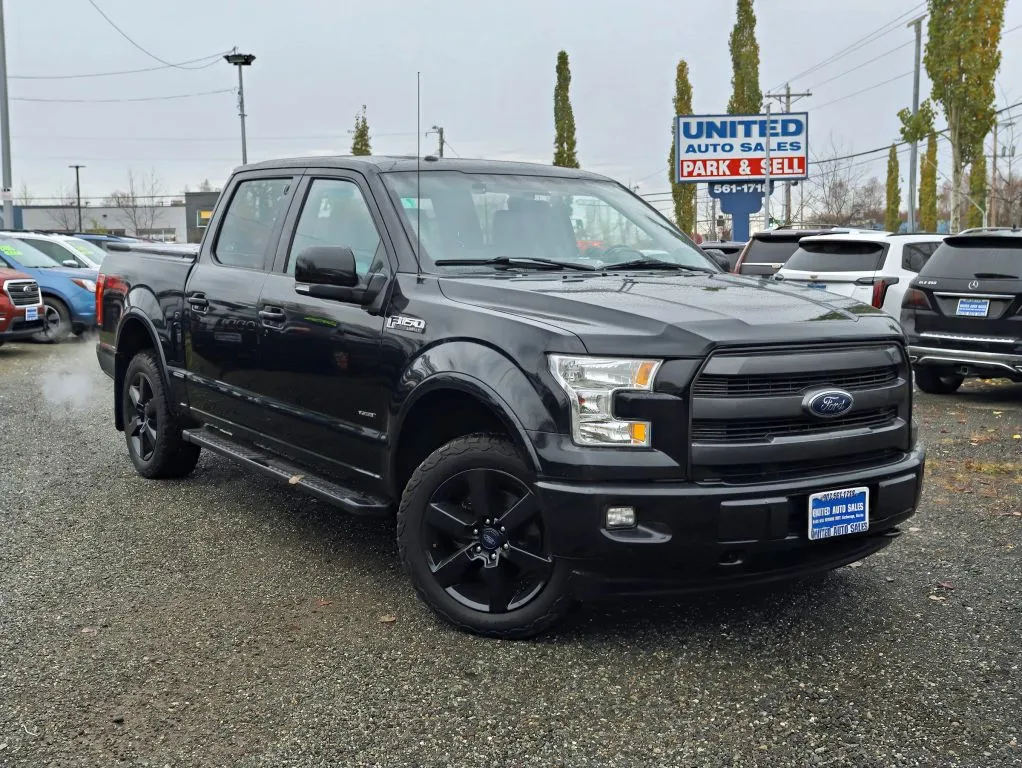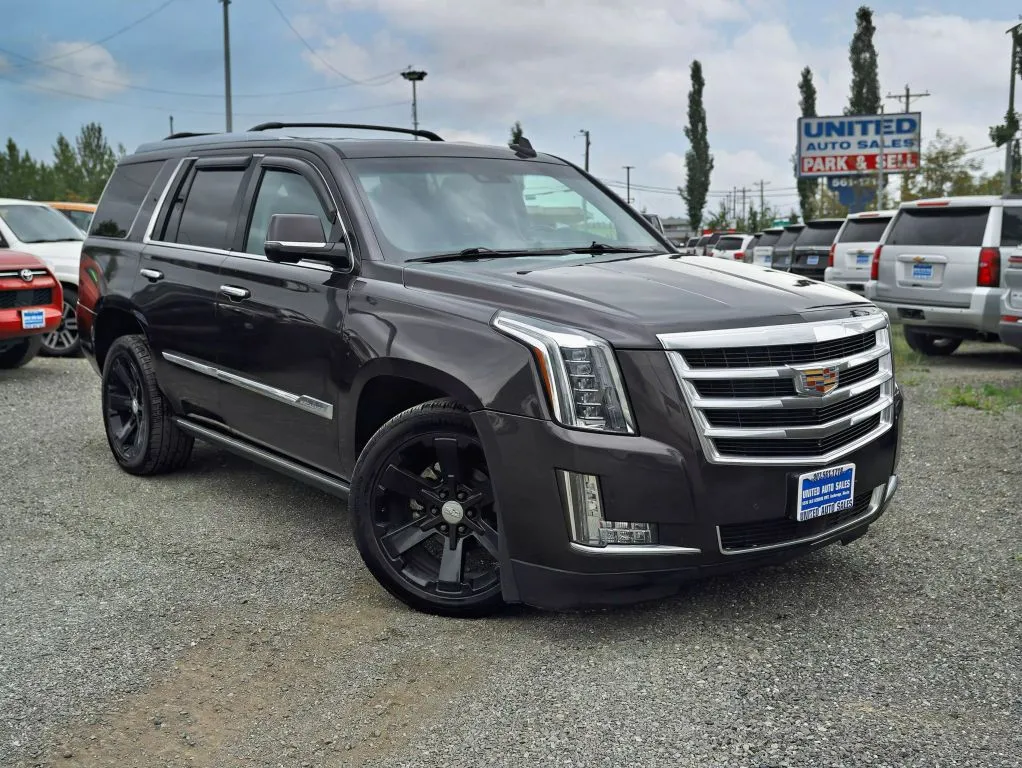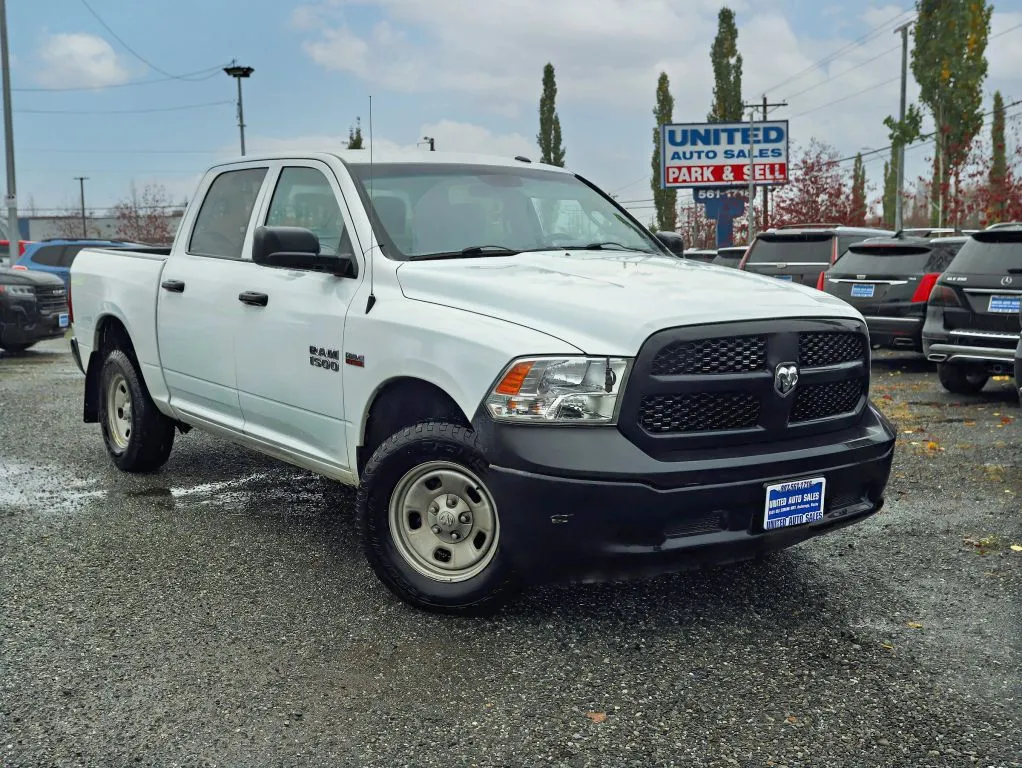How Many Years Can I Finance a Used Car?
Navigating the landscape of used car financing can feel like a daunting task, especially when it comes to understanding how long you can finance a used car. The term length of a car loan significantly influences not only your monthly payments but also the total amount of interest you'll pay over the life of the loan.
This guide aims to demystify the process, providing you with the knowledge needed to make an informed decision that aligns with your financial situation and vehicle needs. Whether you're a first-time buyer or looking to upgrade your current vehicle, understanding your financing options is the first step toward making a smart investment.
How Many Years Can I Finance a Used Car?

The term length for financing a used car can vary widely based on several factors, including the lender's policies, the age and condition of the vehicle, and the borrower's creditworthiness. Generally, the financing options for used cars range from short-term loans of 12 months to longer-term loans that can extend up to 84 months, with some lenders offering terms as long as 96 months for nearly new used vehicles. The table below provides a quick overview of what to expect when considering how long you can finance a used car.
It's crucial to note that while longer loan terms can lower your monthly payments, they typically result in higher overall interest costs. Conversely, shorter loan terms come with higher monthly payments but lower total interest expenses.
Typical Loan Term Lengths for Used Cars
When financing a used car, the most common loan term lengths fall into three main categories: short-term, medium-term, and long-term. Each category has its own set of advantages and considerations:
- Short-Term Loans (12-36 Months): Ideal for buyers who want to pay off their car quickly and save on interest charges. These loans are best suited for inexpensive vehicles or buyers who can afford higher monthly payments, often facilitated by a used car loan.
- Medium-Term Loans (37-60 Months): These are the most popular options, offering a balance between affordable monthly payments and reasonable total interest costs. They're suitable for a wide range of vehicles and buyer budgets, including those considering a used car loan.
- Long-Term Loans (61-84 Months or more): Designed for buyers who need the lowest possible monthly payment. While these loans make more expensive vehicles accessible, they also come with higher interest costs over time. Buyers need to consider the long-term financial implications, including the risk of owing more on the loan than the car is worth (negative equity).
Choosing the right loan term requires a careful evaluation of your monthly budget, long-term financial goals, and the specific vehicle you're interested in purchasing. While a longer loan term can make a more expensive car seem more attainable, it's important to consider the total cost of the loan, including interest payments, to ensure you're making a financially prudent decision.
Pros and Cons of Different Loan Term Lengths
Navigating through the decision of selecting the appropriate loan term for financing a used car involves weighing the benefits and drawbacks of short-term, medium-term, and long-term loans. Each option carries its own set of financial implications that can affect your budget, overall interest paid, and the duration of your financial commitment. Understanding these can help you choose a loan term that best aligns with your financial health and goals.
Short-Term Loans (12-36 Months):
Pros:
- Lower total interest paid, saving money over the life of the loan.
- Quicker payoff period, leading to earlier ownership free of payments.
- Potentially lower rates due to shorter lending periods.
Cons:
- Higher monthly payments can strain budgets.
- May limit the price range of vehicles you can afford.
Medium-Term Loans (37-60 Months):
Pros:
- Balanced monthly payments that can be more easily integrated into budgets.
- Reasonable total interest costs compared to longer terms.
- Flexibility in vehicle choice without overly stretching financial resources.
Cons:
- More total interest is paid than with short-term loans.
- Ownership is achieved slowly, with a moderate period under loan.
Long-Term Loans (61-84 Months or more):
Pros:
- Lowest monthly payments, enhancing the affordability of more expensive vehicles.
- Accessibility to a broader range of vehicles due to lower monthly costs.
Cons:
- Significantly higher total interest paid over the life of the loan.
- Increased risk of negative equity, where the loan balance exceeds the value of the car.
- Longer commitment to a loan payment, which can impact future financial flexibility.
Conclusion
Choosing the right loan term for financing a used car is a pivotal decision that affects not only your immediate budget but also your long-term financial health. Short-term loans offer the quickest path to full ownership and the least amount of interest paid, but they require higher monthly payments. Medium-term loans represent a balanced approach, offering manageable monthly payments with moderate interest costs. Long-term loans minimize monthly expenses but come at the cost of higher overall interest payments and the potential for negative equity.
The key to making the best decision lies in understanding your financial situation, including your budget, future financial goals, and the total cost of ownership of the vehicle you're considering. It's also essential to shop around for the best financing rates and terms that suit your needs. By taking a comprehensive look at your finances and considering the pros and cons of different loan terms, you can select a financing option that makes sense for you, ensuring that your used car purchase is both a practical and enjoyable investment. Remember, the goal is to find a balance that allows you to enjoy the benefits of your vehicle without overextending your financial resources.

